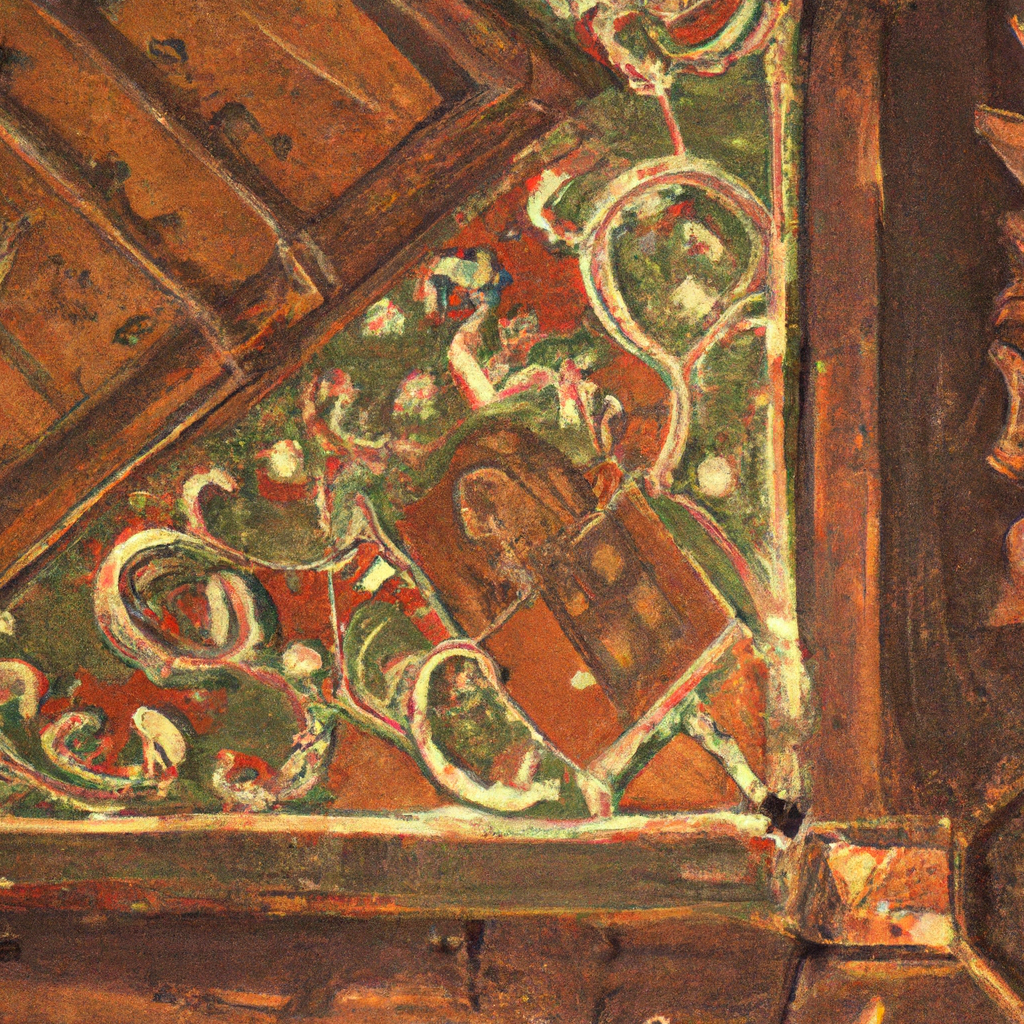Fresco painting is a technique that has been around for centuries and has played a significant role in art history. It involves painting on freshly laid plaster that has not yet dried, allowing the pigments to become part of the wall itself. This article will explore the history and cultural significance of fresco painting, from its origins to its modern-day use in art.
History of Fresco Painting
Fresco painting has its roots in ancient Egypt, where it was used to decorate tombs and temples. However, it was the ancient Greeks who perfected the technique, using it to embellish their public buildings and homes. During the Renaissance, fresco painting reached its peak, with artists such as Michelangelo, Raphael, and Botticelli all using the technique in their works.
The technique of fresco painting involves applying water-based pigments onto wet plaster. The plaster, which is made of lime and sand, is applied to a wall in thin layers and allowed to set. Once the plaster is ready, the artist can start painting, using pigments mixed with water. As the plaster dries, the pigments become part of the wall, creating a durable and long-lasting work of art.
Cultural Significance of Fresco Painting
Fresco painting has played an essential role in the cultural heritage of many countries, particularly in Europe. It has been used to depict historical events, religious stories, and cultural traditions. In Italy, for example, frescoes can be found in many churches and public buildings, depicting scenes from the Bible, as well as portraits of saints and historical figures.
Fresco painting has also been used to decorate private homes, with wealthy families commissioning artists to create elaborate frescoes on the walls and ceilings of their homes. These frescoes often depicted scenes of daily life, such as hunting, farming, and feasting.
Fresco Art in Modern Times
While fresco painting is still used today, it is not as common as it was during the Renaissance. Many artists now prefer to use other mediums, such as oil paint and acrylics. However, there are some modern artists who still use fresco painting, often blending it with other techniques to create unique works of art.
One example is the American artist Ben Long, who specializes in fresco painting. Long creates large-scale frescoes on walls and ceilings, often using contemporary subjects, such as scenes from nature or urban landscapes. Long’s work has been exhibited in galleries and museums around the world and has helped to keep the tradition of fresco painting alive.
Conclusion
In conclusion, fresco painting has a rich history and cultural significance that has made it an important part of art history. While it may not be as common as it once was, fresco painting is still a powerful and enduring art form that continues to inspire artists today. Whether depicting historical events, religious stories, or contemporary subjects, fresco painting remains a vital part of our cultural heritage.







